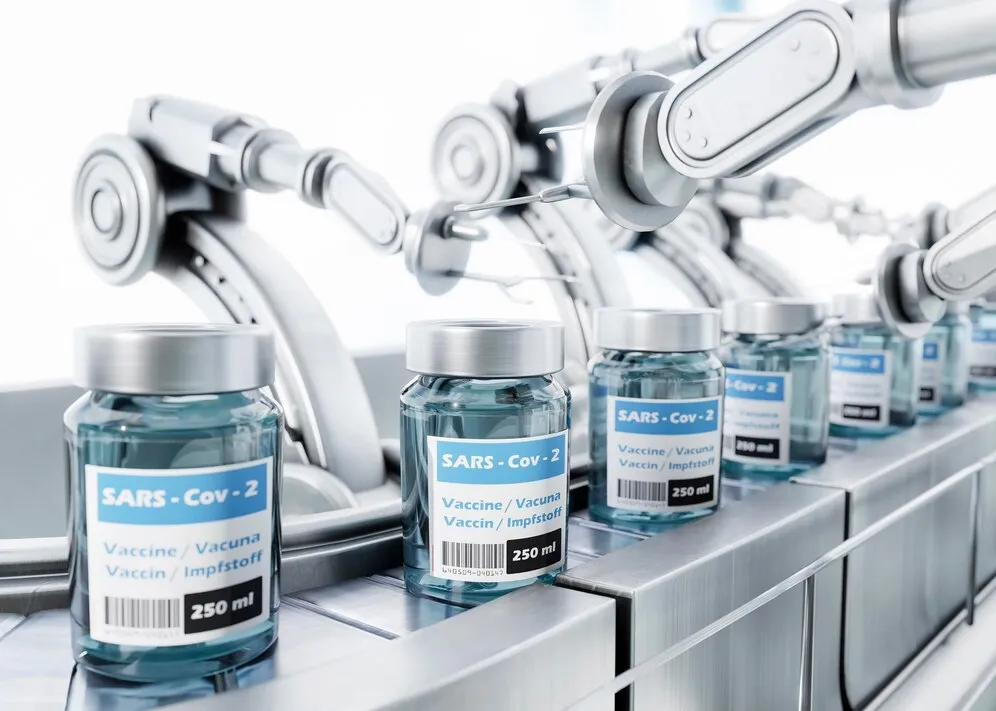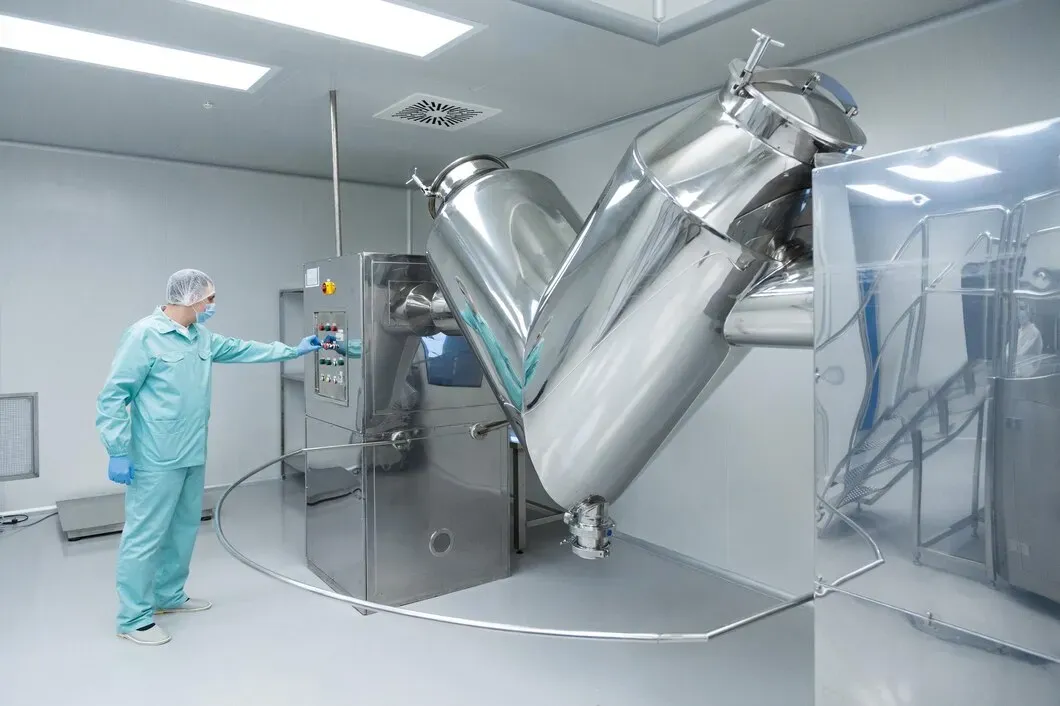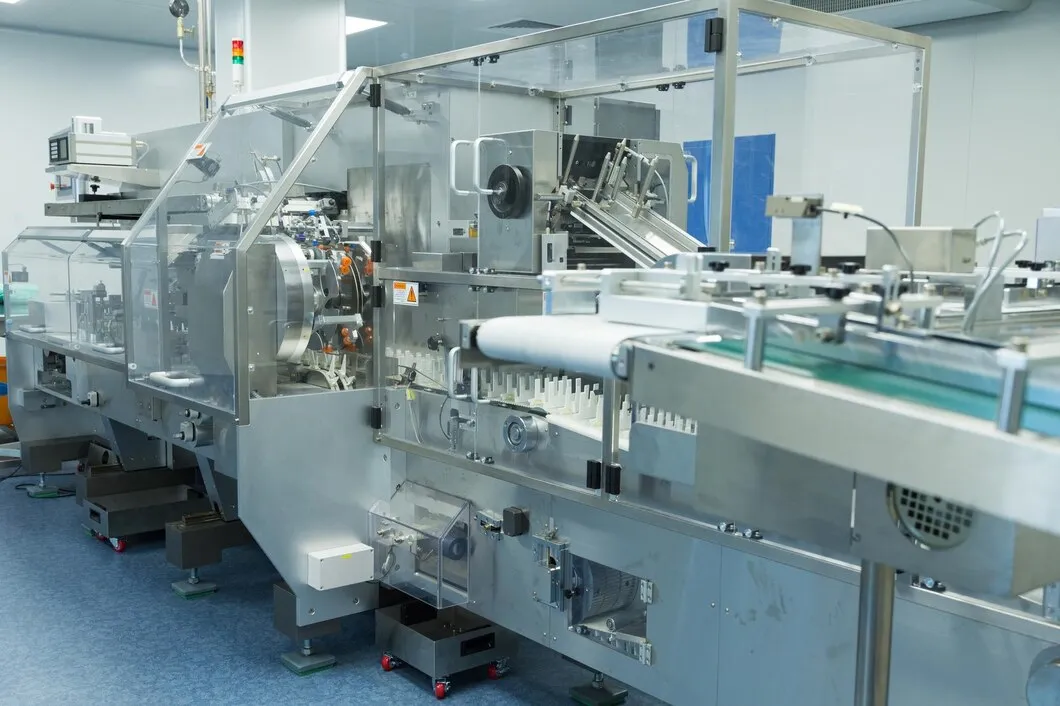Автоматизация преобразует способ производства фармацевтической продукции. Поскольку производство становится все более сложным, а нормативные требования — более строгими, потребность в надежных, масштабируемых и эффективных системах больше, чем когда-либо. В современном мире автоматизация в операциях фармацевтической промышленности не просто полезна — она необходима.
В этой статье мы рассмотрим, как автоматизация в фармацевтике меняет производство, какие процессы автоматизируются, каковы преимущества и проблемы, а также что все это означает для дальновидных производителей.

Фармацевтическое производство всегда было связано с высокими ставками. Одна ошибка может задержать запуск продукта, привести к отзыву или провалу аудита соответствия. Давление еще больше возрастает с ростом биопрепаратов, персонализированной медицины и мирового спроса.
Ручные операции просто не поспевают. Человеческие ошибки, нестабильное качество и длительные сроки выполнения создают слишком большой риск. Автоматизация фарма Системы решают эту проблему за счет стандартизации рабочих процессов, повышения точности и обеспечения надежной производительности изо дня в день.
Согласно недавнему обзору в Журнал инвентаризации исследованийавтоматизация фармацевтической промышленности становится основной стратегией для компаний, стремящихся снизить риски, повысить точность и соответствовать стандартам надлежащей производственной практики (GMP)
Автоматизация может применяться на различных этапах фармацевтическое производство:
Внедрение автоматизации дает ряд преимуществ:
Несмотря на преимущества, внедрение автоматизации сопряжено с трудностями:
Несколько компаний находятся на переднем крае поставок решений по автоматизации для фармацевтической промышленности:
Внедрение автоматизации позволяет производителям фармацевтической продукции соответствовать меняющимся требованиям отрасли. Производители должны оценить свои текущие процессы и рассмотреть стратегические инвестиции в автоматизацию, чтобы обеспечить будущее своей деятельности.
Интеграция автоматизации в фармацевтическое производство больше не является необязательной. Поскольку мировая промышленность движется в сторону более продвинутых, управляемых данными и требующих соблюдения требований операций, автоматизация дает производителям необходимое им преимущество для сохранения конкурентоспособности.
Компании, которые внедряют автоматизацию на ранних этапах, могут повысить производительность, гарантировать качество продукции и снизить долгосрочные операционные риски.
Хотите модернизировать свою производственную линию? Поговорите с нами о решениях по автоматизации, созданных для будущего фармацевтического производства.




Прежде чем любой препарат попадает к пациенту, он начинается в лаборатории. Именно там тестируются формулы, проверяются партии, а качество либо подтверждается, либо ставится под сомнение. Чтобы сделать эту работу правильно, лаборатории зависят от правильного оборудования — инструментов, которые не просто выполняют работу, но делают ее с точностью. Если вы отвечаете за управление или […]

Блистерная упаковка используется в фармацевтике повсюду — от таблеток до капсул и образцов. Она защищает продукт, продлевает срок годности и повышает безопасность пациентов. Но для производителей это больше, чем просто упаковка — это система, построенная на скорости, точности и соответствии. Если вы занимаетесь производством или закупкой упаковки для фармацевтики, вот что вам нужно знать о блистерной упаковке […]

Если вы решаете, как доставить фармацевтический продукт или добавку, выбранный вами формат — жидкие гели или таблетки — будет определять не только то, как он выглядит. Он влияет на то, как производится продукт, как быстро он усваивается, какое оборудование вам понадобится и как его воспринимает конечный пользователь. Некоторые активные вещества работают лучше в […]